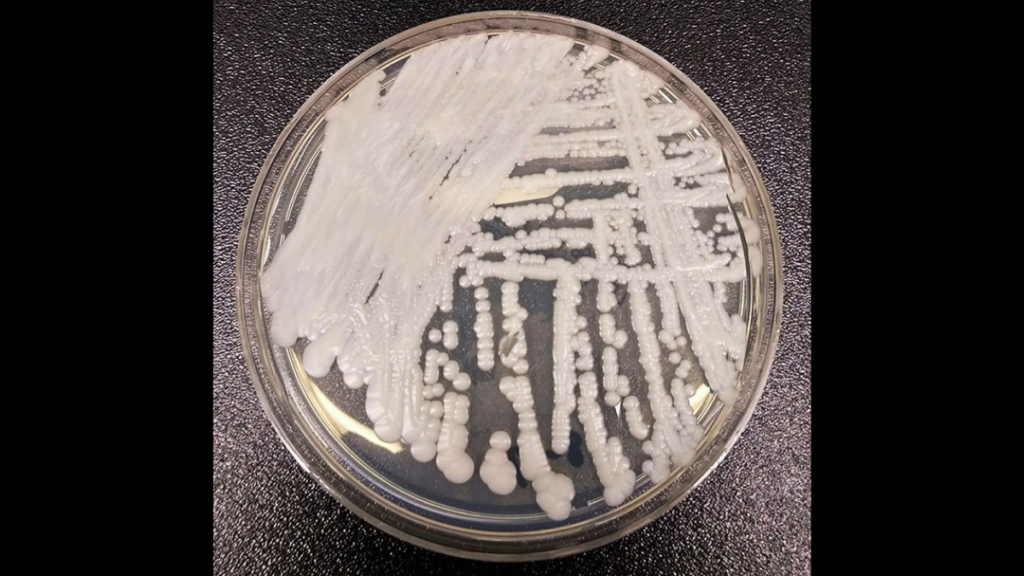Rare Match Will Bring WVU, Wake Forest Fans To Charleston
The WVU Men's Basketball Team will face off against the Wake Forest Demon Deacons as part of the 2025 Holiday Hoopfest on Dec. 6.
Continue Reading Take Me to More News
A drug-resistant fungal infection first found in the U.S. in 2015 has been detected in West Virginia.
The fungi, Candida auris, is part of a class of fungi well-known to researchers. While its classification is known, physicians are working to learn how to identify it in their patients.
Dr. Matthew Christiansen is the West Virginia state health officer and commissioner of the Department of Health and Human Resources Bureau of Public Health.
“It’s been something that we’ve been monitoring here at the bureau for a few years now,” Christiansen said. “We’ve been lucky here in West Virginia to not have a case until recently.”
Christiansen said the fungal infection predominantly affects people who are already immunocompromised, putting long-term care facility patients at risk.
“Candida is a yeast or fungus that is present in the environment,” Christiansen said. “Its presence is almost ubiquitous in our lives that we just that we don’t notice. And so when we see Candida in a sample that we’ve collected from a patient, sometimes that can be chalked up to a naturally occurring or not pathologic form of that disease or of that infection that’s causing the disease.”
While Candida auris is resistant to antibiotics, physicians have a set of medicines to treat the fungal infection. The difficult part is identifying the infection and prescribing the correct medication.
“It’s just that we need to make sure that providers are aware that this is present, make sure they do their specific tests to confirm that, that they’re dealing with this specific type of drug-resistant candidal infection, and then use the appropriate antibiotic,” Christiansen said. “And so there are options. It’s just that it is resistant to some of the more common medicines that we use.”
Those worried about Candida auris being the next pandemic need not worry, according to Christiansen, the fungus is treatable if identified correctly.
“This certainly is not as infectious as COVID-19, for example, in the sense that the infections that we’ve seen with this infection are isolated to people that are immunocompromised in long-term care facilities,” Christiansen said. “And we do have known medications that can treat it as long as we identify it early and get the antibiotics on board quickly enough.”
Christiansen also praised West Virginia’s health facilities for keeping Candida auris away from their patients for the eight years it has been found on American soil.
“The fact that we haven’t had infections yet speaks to the quality of our hospital systems, or our long-term care facilities of prevention and, and in early intervention, regarding the spread of infectious diseases and appropriate use of antibiotics,” Christiansen said. “Those are all things that can prevent the spread of antibiotic-resistant bacteria and funguses.”